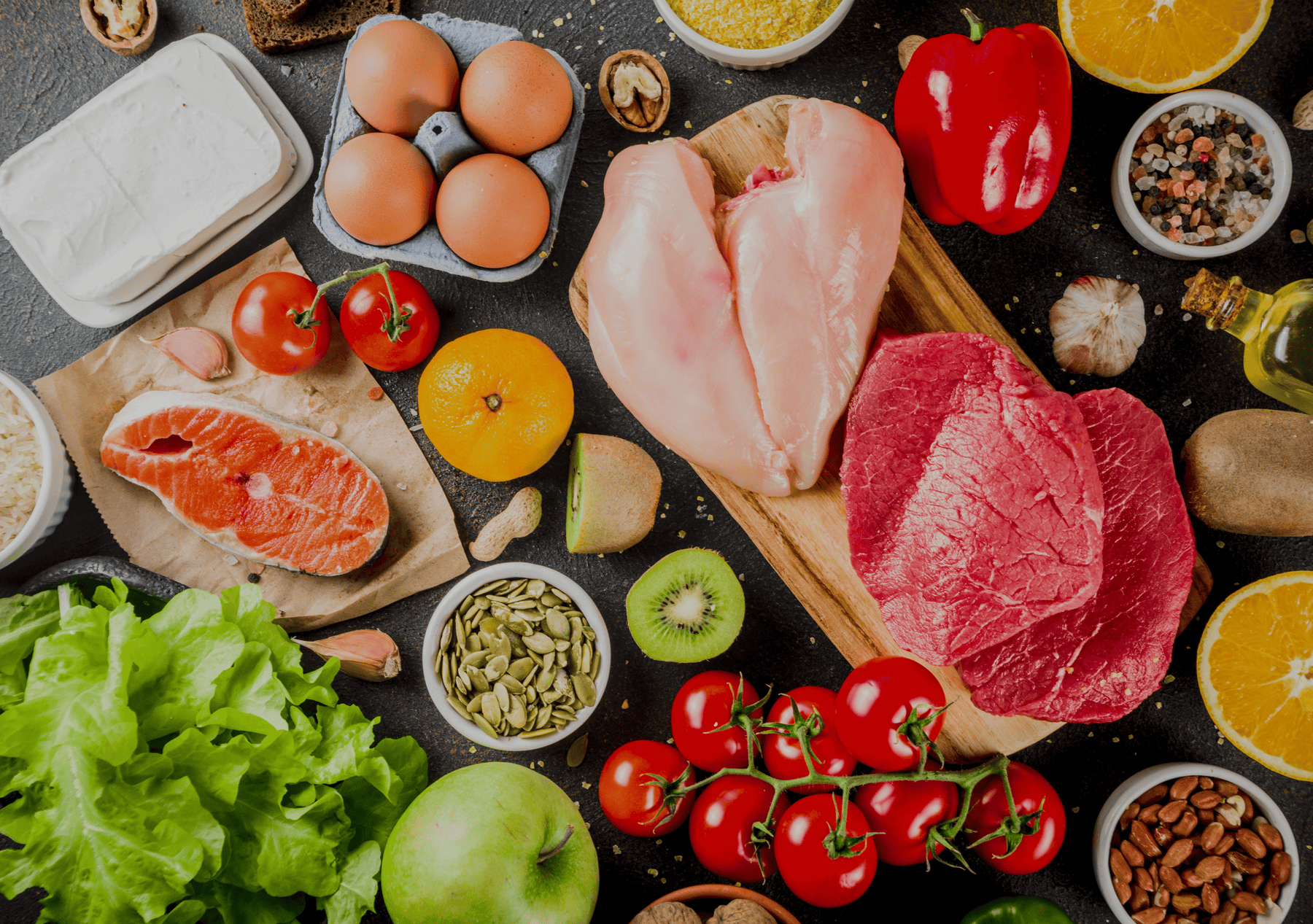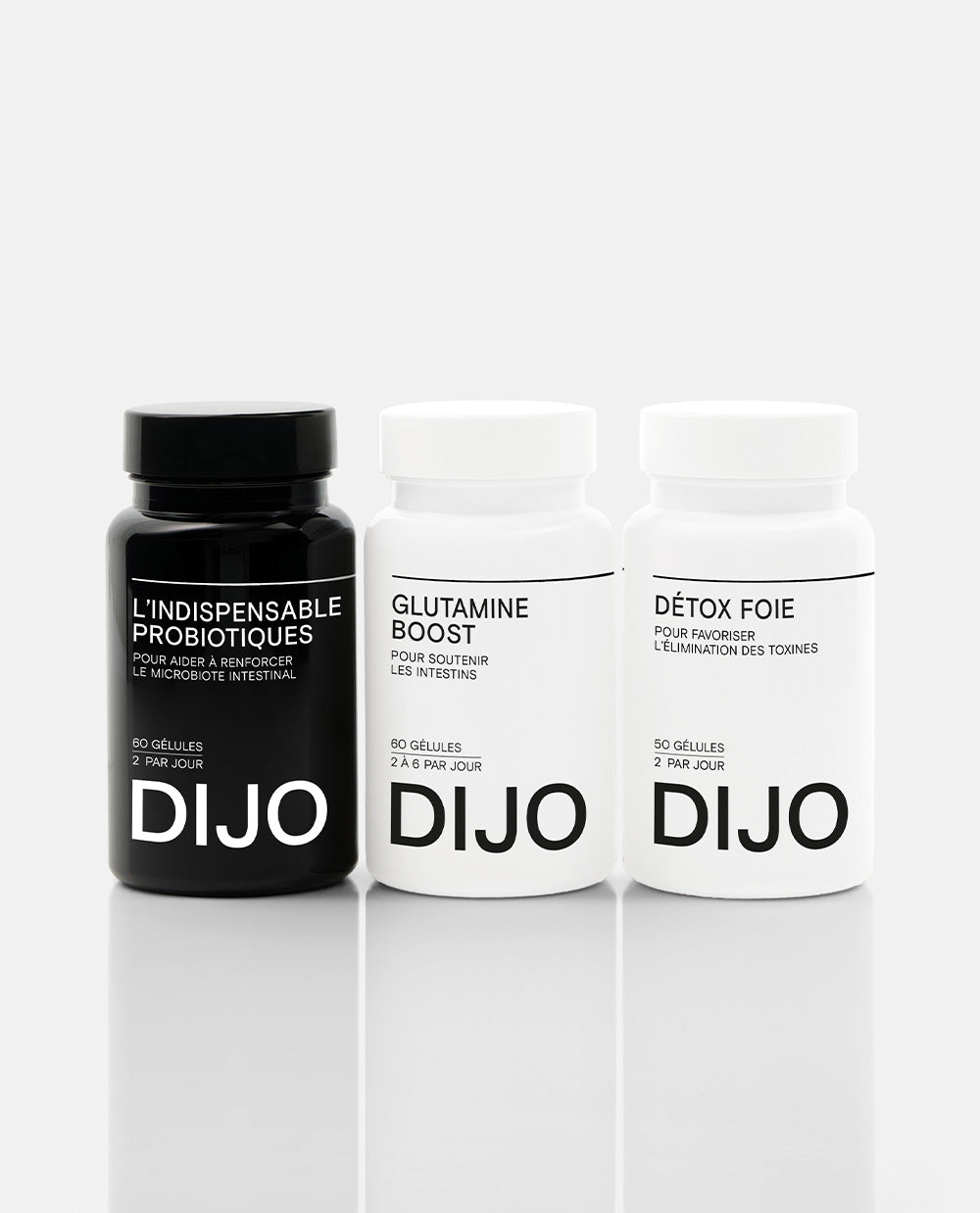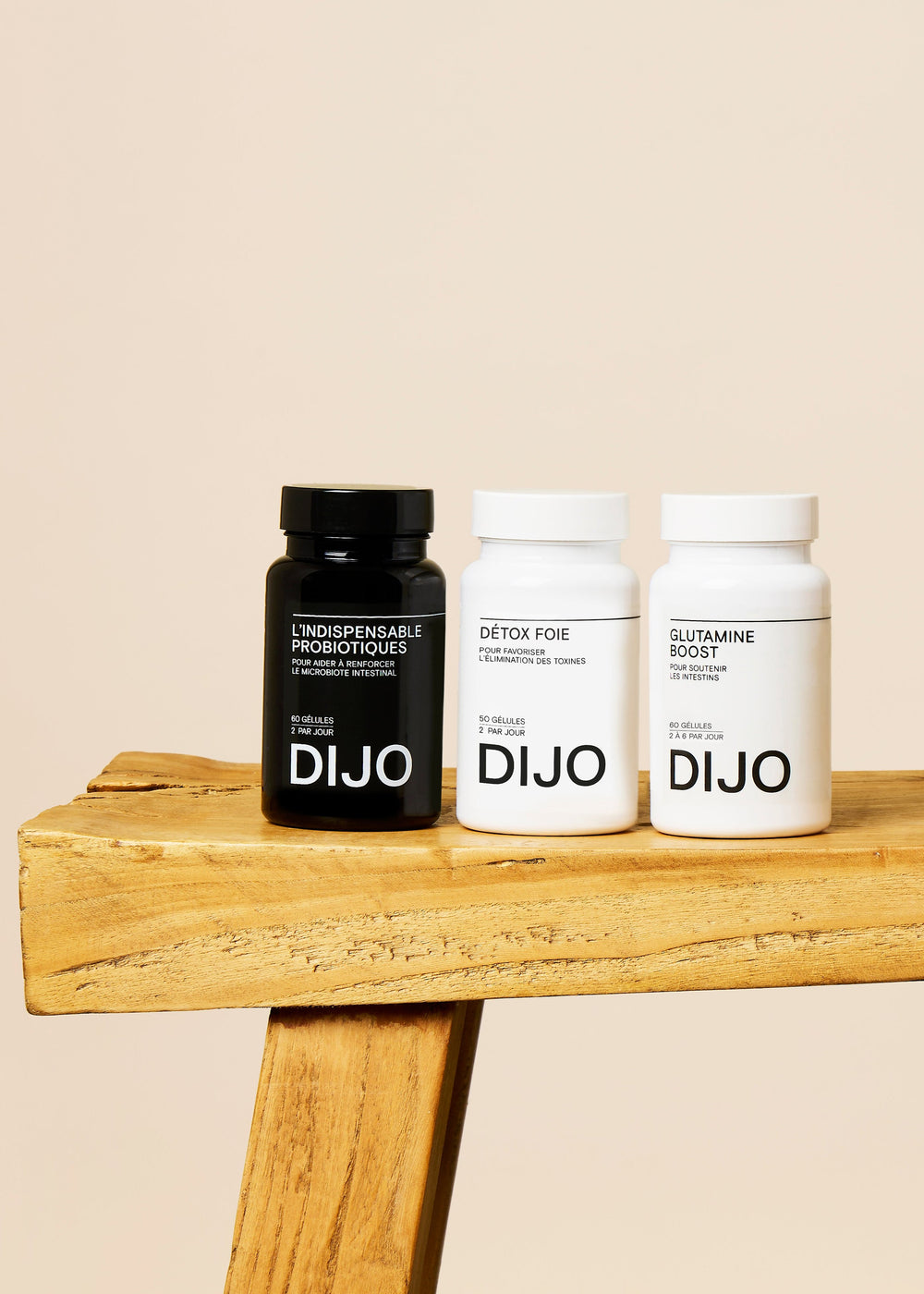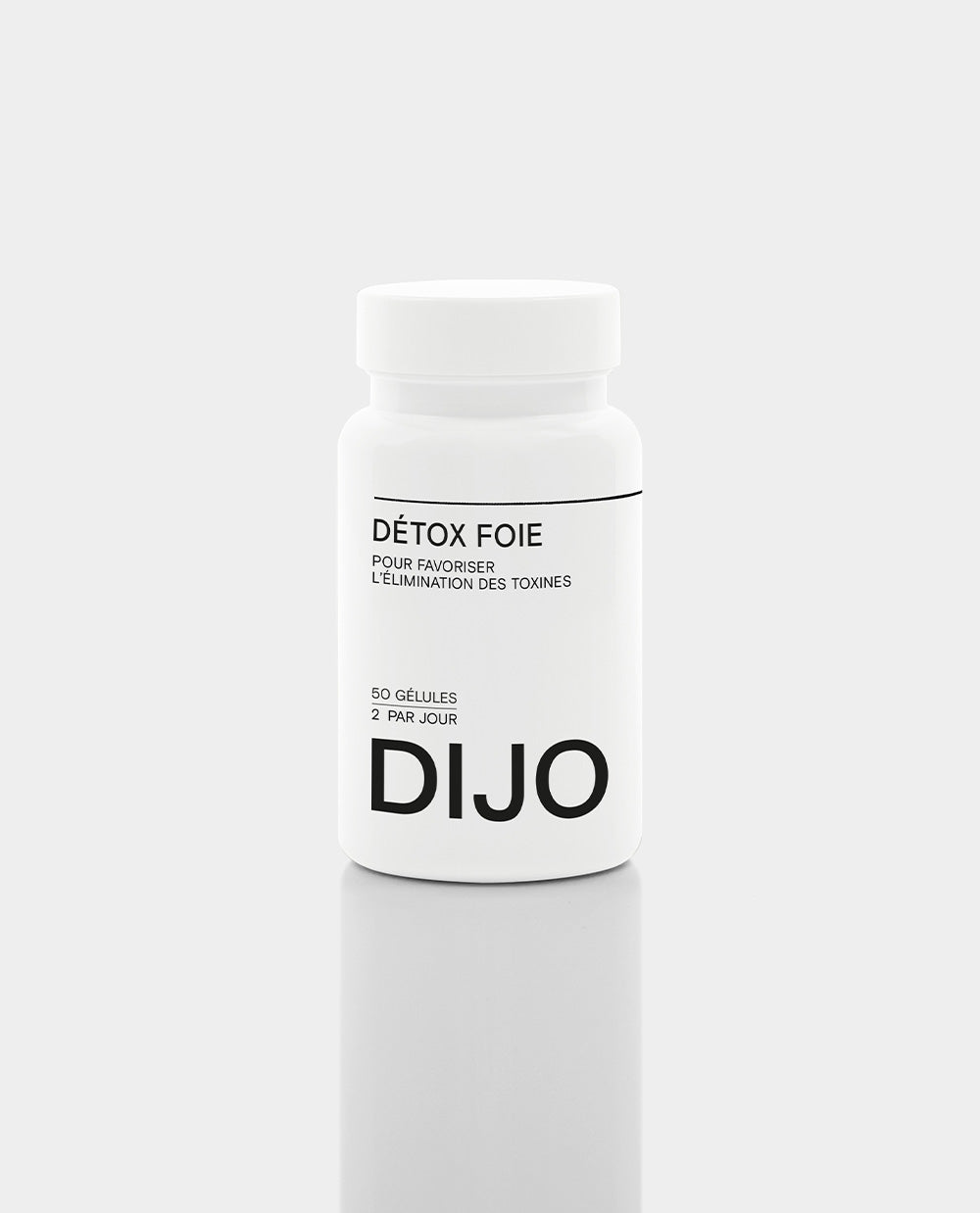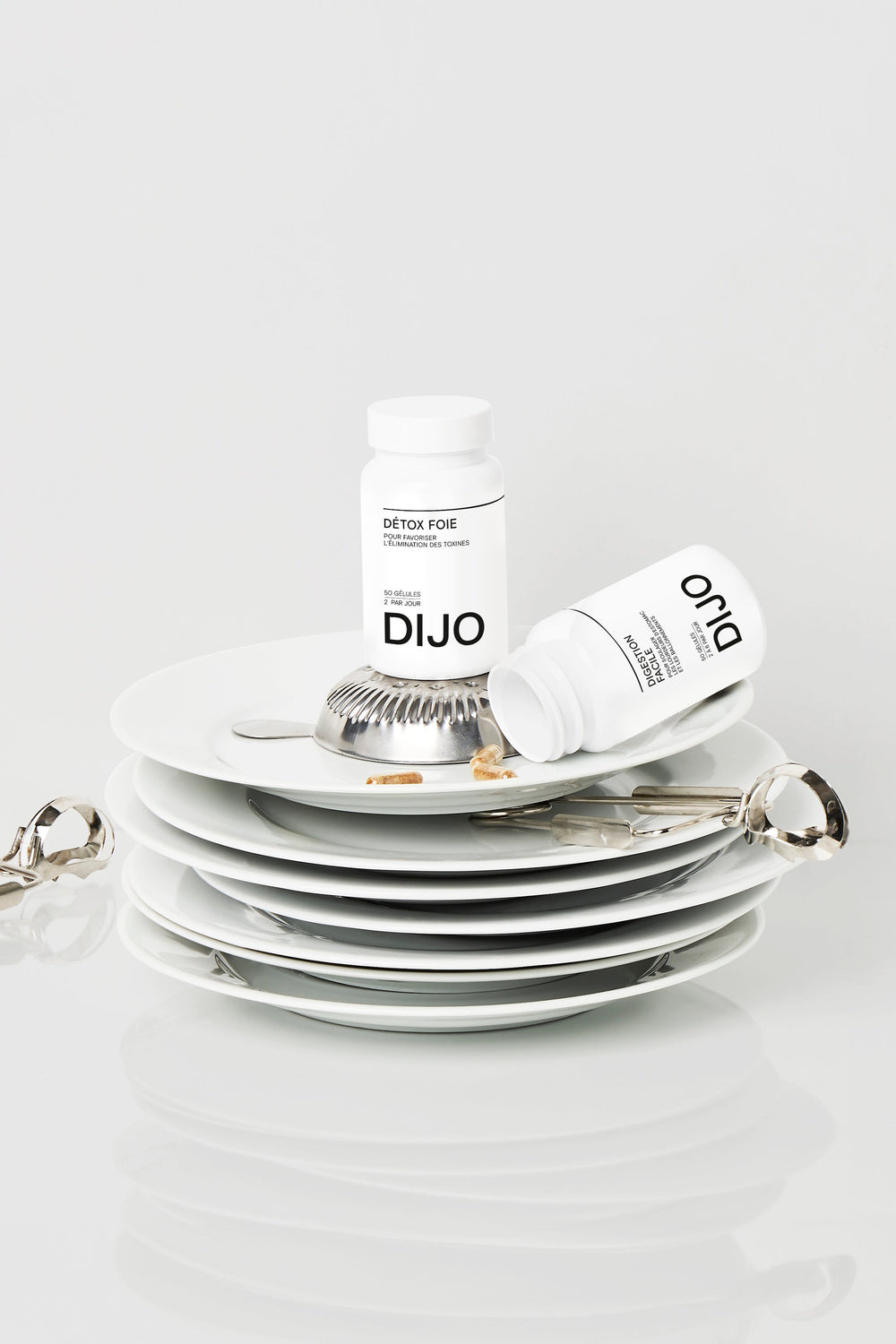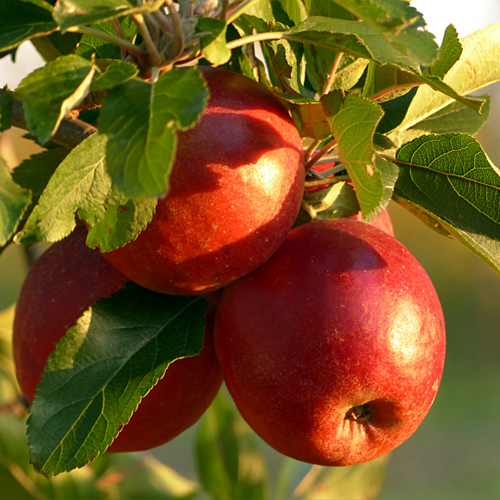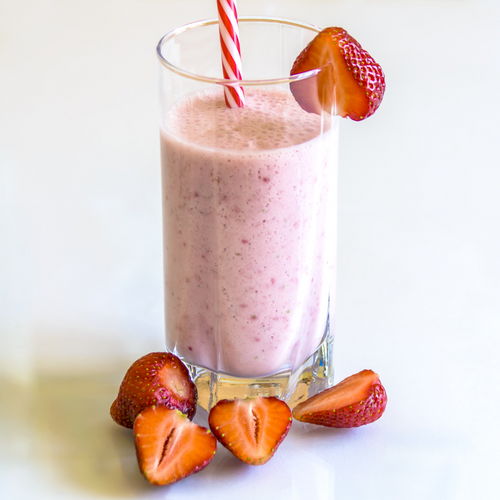What you must remember :
- FODMAPs are indigestible sugars that can cause gas and digestive problems.
- In the case of digestive disorders or pathologies such as IBS, it may be interesting to test this diet to improve the symptoms.
- Gradually introducing each of these FODMAPs allows for good adaptation of the digestive system
- Food supplements support intestinal functions in the event of regular disorders
What are FODMAPs?
FODMAPs are specific sugars (short - chain carbohydrates) that our gut is not able to completely digest. In most people, these sugars cause fermentation and sometimes some gas due to the work of bacteria. But for people with irritable bowel syndrome - IBS (also called irritable bowel syndrome or functional bowel disease), these sugars cause significant pain, bloating and gas.
Why are FODMAPs not digested in the intestine?
The non-digestion of FODMAPs can come from a lack of certain enzymes to digest them (example of lactose), or from a depletion of the intestinal microbiota in certain bacteria, we then speak of dysbiosis *. It has been shown that a diet low in FODMAPs is effective in 70% of people with IBS!
*Dysbiosis is an imbalance in the intestinal flora with under- or over-represented species of bacteria. In 2/3 of people with IBS, dysbiosis is present. Taking probiotics helps reduce the symptoms of IBS .
The list of FODMAPs
FODMAP is the English acronym which designates these famous sugars which are mainly found in fruits, vegetables, legumes and dairy products. Foods that are good for our health! The goal is therefore not to remove all FODMAPs, this would harm the richness and diversity of our intestinal microbiota. It is therefore essential to identify the foods that cause a reaction and to know whether you want to eliminate them or just reduce their quantities!
F for Fermentable (in French = fermentable)
As explained at the beginning of the article, these sugars cause intestinal fermentation by bacteria in the colon.
O for Oligosaccharides
Present in legumes (lentils, chickpeas, etc.), many vegetables (leek, eggplant, asparagus, beetroot, artichoke, cabbage, broccoli, garlic, onion, shallot, etc.) as well as in products made from wheat and barley. and rye.
D for Disaccharides
Present in milk (goat, cow, sheep), yogurts, cream, fresh cheeses (cottage cheese, ricotta, fromage frais, etc.), and all industrial products containing milk (ice creams, cream desserts, etc.)
M for Monosaccharides
Present in fresh fruits (cherries, apricots, melon, pears, etc.), dried fruits and in honey.
P for Polyols
They are found in chewing gum, candies, and chocolates sweetened with sorbitol, xylitol, mannitol... but also in certain fruits and vegetables (plum, mushrooms, cauliflower, celery, avocado...)
The stages of the low fodmap diet
Not everyone is sensitive to the same FODMAP families! Every person is different and will therefore not follow the same diet. In addition, the adapted low fodmap diet may be effective for a period and no longer be effective thereafter.
Step 1: Eliminate foods high in FODMAPs
During the first month, completely eliminate foods high in FODMAPs until symptoms reduce. If the symptoms disappear, it means that these foods are not well tolerated
Step 2: Gradually reintroduce each of the FODMAPs
During this phase, each type of food is reintroduced one after the other to target the family(s) of sugars that cause the most problems or pain. The goal is to identify sugars that can be tolerated. Everyone reacts differently!
Step 3: Balance your diet with FODMAPs
Each person has a diet adapted to the FODMAP sugars tolerated by their body and the quantities supported. Once the first two steps have been completed, you can rebalance your diet by gradually adding problematic foods in order to know the tolerated quantities that do not cause digestive discomfort.
This is a long and difficult process to implement alone. We strongly recommend that you be accompanied by a health professional (doctor, gastroenterologist, dietitian).
List of foods suitable for the low FODMAP diet

The DIJO routine for people with IBS?
In the context of intestinal pathology such as Irritable Bowel Syndrome, it is common to observe lifestyle adaptations such as this low fodmap diet to live better with the disease. In addition to a good balanced and diversified diet , daily stress regulation and appropriate physical activity, taking food supplements can be strongly recommended to support the intestinal flora. Indeed, due to our unbalanced lifestyles, our microbiota can be strongly impacted, which can be the cause of many intestinal problems such as IBS.
At DIJO, we have developed the Ventre au Top pack which combines 3 products to restore balance to the entire digestive tract impacted by irritable bowel syndrome:
- Firstly, we support the functioning of the liver to help it better eliminate toxins and waste present in the body with Liver Detox . Because of the intestinal hyperpermeability present in people with IBS, foreign or toxic molecules can pass into the bloodstream. They are then taken care of by the liver, which filters the blood coming from the digestive tract, before transmitting it to the rest of the body. The excessive quantity of molecules which may have abnormally crossed the barrier of the intestinal mucosa will cause an overload of the liver , over-demanding its functions of purification and elimination of toxins.
- Secondly, we strengthen our intestines in depth thanks to the combination of L'Indispensable probiotics and Glutamine . Combined, they both support intestinal function and restore and strengthen the intestinal barrier, thus preventing foreign molecules from entering the body. At the same time, supporting the liver prevents it from being overwhelmed by an excess of toxic substances to take care of.
- Thirdly, you can complete this routine with our Easy Digestion , a little boost to facilitate your digestion and deflate the stomach.
Cases of IBS are numerous and are therefore treated differently. It is essential to seek the advice of your doctor to adapt the intake of food supplements according to your needs.
Sources :
[1] Bellini, M., Tonarelli, S., Nagy, AG, Pancetti, A., Costa, F., Ricchiuti, A., de Bortoli, N., Mosca, M., Marchi, S., & Rossi , A. (2020). Low FODMAP Diet: Evidence, Doubts, and Hopes. Nutrients , 12 (1), 148. https://doi.org/10.3390/nu12010148
[2] SNFCP, (2021), Diet low in FODMAPs https://www.snfcp.org/information-diseases/generalites/regimes-pauvre-en-fodmaps/
[3] Steer, T., Carpenter, H., Tuohy, K., & Gibson, GR (2000). Perspectives on the role of the human gut microbiota and its modulation by pro- and prebiotics. Nutrition research reviews, 13(2), 229–254. https://doi.org/10.1079/095442200108729089





